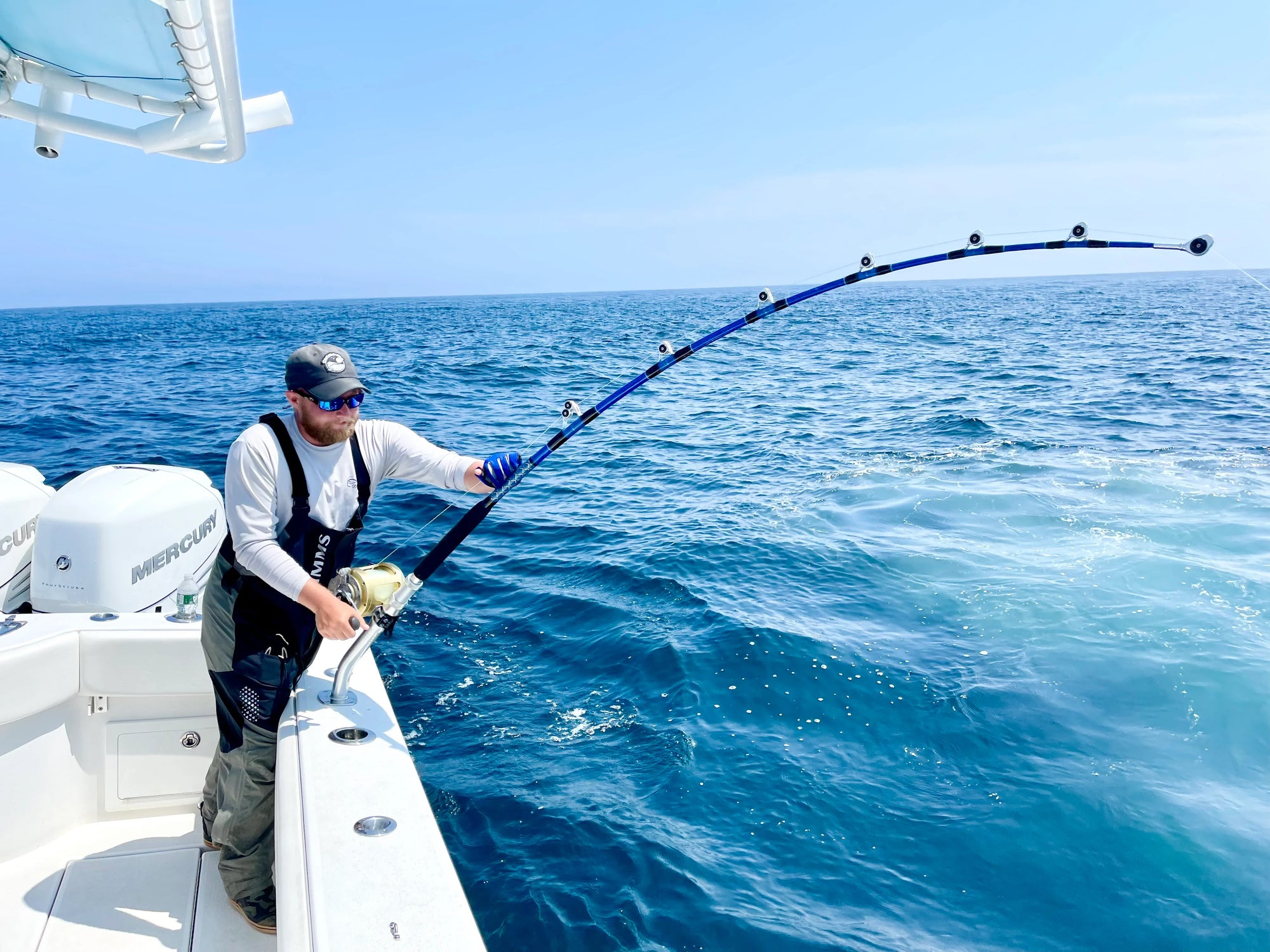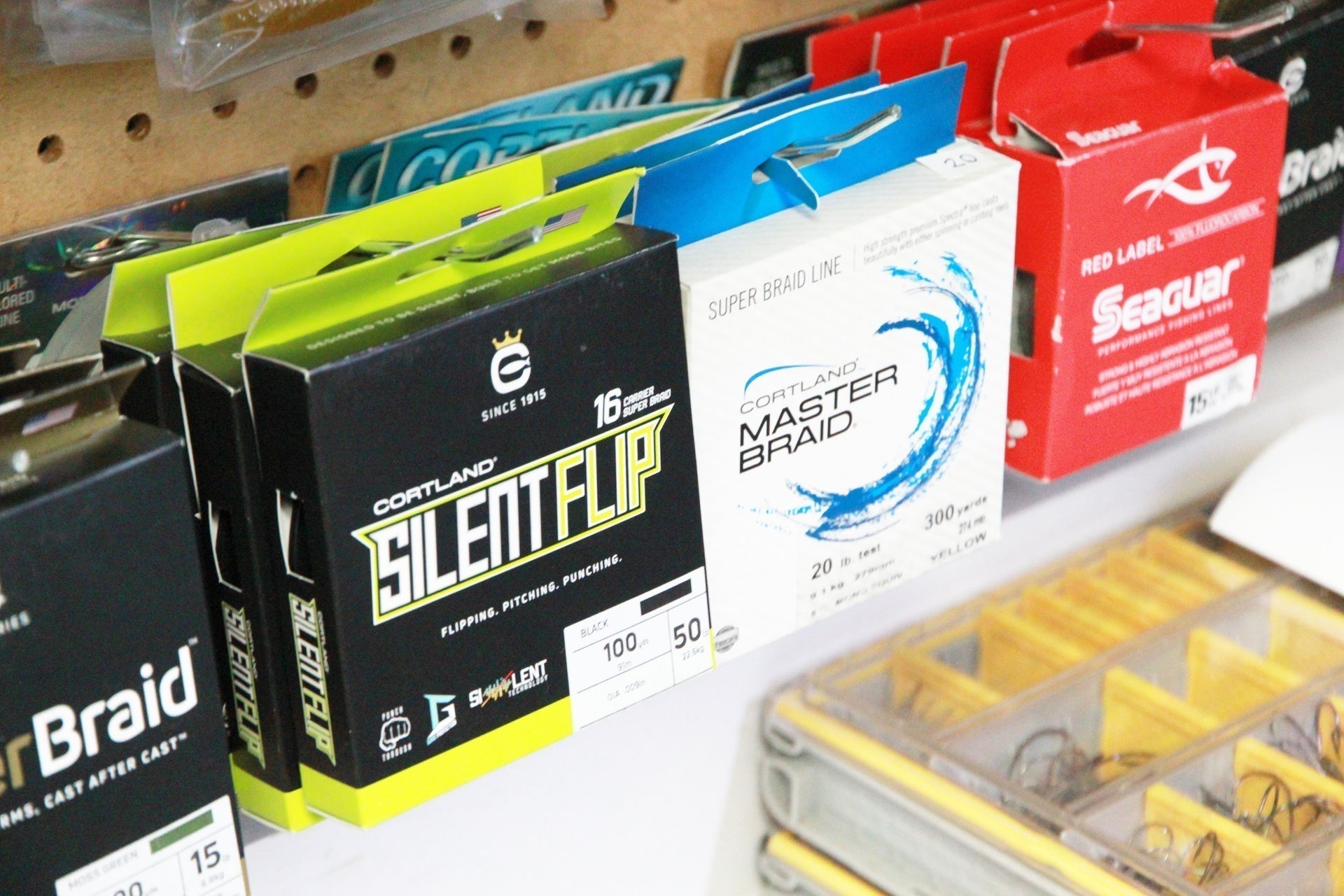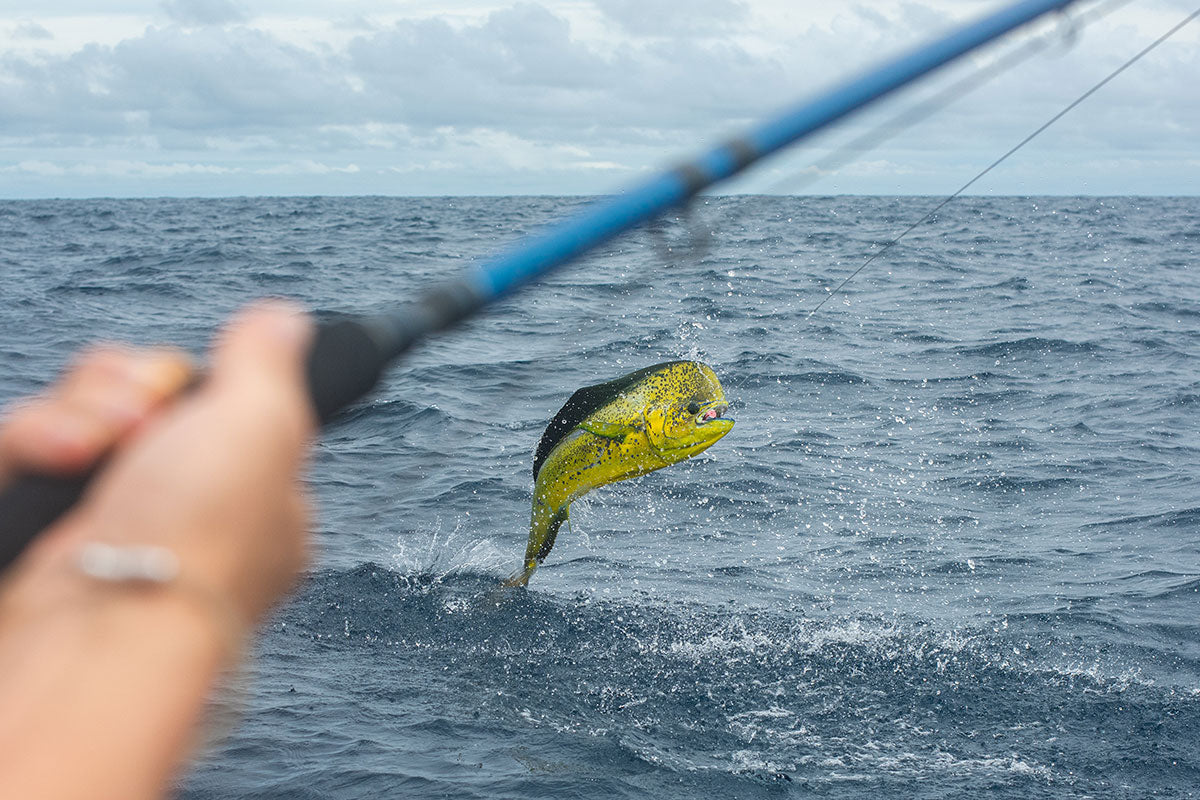Article Written by Captain Matt Perachio. Learn More About the author below / Article Read Time: 5 Minutes
The Atlantic Bluefin Tuna ranks amongst the world's most popular fish due to their incredible fighting ability and the melt-in-your-mouth table fare. Bluefin Tuna are Pelagic. In other words, they occupy the open sea and never stop swimming. These fish travel the world and it is always a special moment when you can connect with one. Cape Cod is a unique place to target these world-renowned fish, as they can be caught closer to the shore than other coastlines. When people think of targeting bluefin, they think of long-range trips, deep water, and no land in sight.

The Cape offers fishermen a variety of techniques to effectively target tuna. Trolling, drifting baits, casting, and jigging all rank as the most popular and effective methods. Each technique generally requires different setups. When we target giants, we use either 80-wide or 130-wide conventional reels on 8-9 foot bent butt rods. Those reels are spooled with 200 Lb Cortland C-16 White Hollow Core into which we splice a top shot of 130 Lb mono. At the end of the mono top shot, we crimp on a 220lb barrel swivel in order to connect our leader. Leader strength and diameter can differ from time to time depending on the fishing pressure in that particular area. Highly pressured areas may require anglers to drop down a leader size to try to remain as stealthy as possible.
Tuna has some of the best eyesight of any fish, so a high-end Fluorocarbon Leader Material can be the difference between going home empty-handed or calling your friends to share some sushi. Our trolling setups are fairly simple. We use smaller 30 to 50-wide-size reels on shorter 5-foot straight butt rods. These reels are spooled in the same fashion as the giant reels. We downsize to 80 Lb C-16 in order to increase the capacity for the smaller reels. The casting rods can get a little complicated because casting distance is involved but we can talk about how I rig my rods for my clients. I use a variety of high-end, high-capacity spinning reels. My reels are usually in the 18k to 20k size. I spool them with 80 Lb C-16 hollow core in order to splice my leader directly into the mainline. A well-done splice is the strongest connection between two lines and leaves a seamless transition from braid to leader. A smooth connection is crucial to help fishermen with the ability to cast. Personally, my favorite way to target tuna is on topwater lures due to the fast pace, hectic nature of this method. Actively hunting these fish on top is exciting and something every angler should try to experience in their lifetime.

Here on the Cape, there are four major locations you’ll hear fishermen refer to. South of the Islands, the bank, the backside, and the bay. Each area holds different size fish, targeted with different methods, at different times throughout the season. Chatham, Bass River South Shore, Yarmouth, and Pamet Harbor are among some of the popular areas for offshore vessels to launch from.

Most smaller fish are in danger of falling victim to a tuna's appetite, but there are a few baitfish they tend to favor. At the top of that list are herring and mackerel. These plentiful baitfish are full of calories and are high in fat. Two key reasons why they rank high on the list. Coming in a close second are sand eels, pogies (bunker, menhaden), butterfish, squid, halfbeaks, and bluefish. Some of my favorite lures to imitate in these types of forage include Siren Lures and the Hogy Pro Tail.
It's tough to generalize the experience of fighting one of these beasts as each fish is different and unique in the way it carries itself and reacts when hooked. On average, a trophy fish (over 73") takes about an hour to land. A recreational sized fish (27"-72") take about a half hour to 45 minutes to land for the average angler. The unpredictability of these fish make the fight extremely chaotic and exciting. Many times, for new anglers, excitement will overtake motor skills and make the fight that much more chaotic. It's very important to burn these fish out to be able to land them. Constantly cranking on the reel is key if you want to get them boat side. Holding the rod without reeling allows the fish to rejuvenate power and can lead to the fish continuing to go on monster runs. If fresh arms are available, it is always important to strategically use them to help tire the fish out quicker.

The tuna season at the Cape starts sometime around mid-June depending on the water temps. Even though commercial season opens on June 1st we usually don’t see good numbers of fish arrive till the end of the month. The fishing will improve throughout the summer with more fish arriving daily. The peak season for giants is from mid July till sometime in October. The small ones are most active and aggressive in the fall months of September and October. Bluefin tuna can grow to well over 1000 Lbs and exceed 8 ft. in length. These giants are typically 20-25 years old. Fishing for these kings of our oceans is not for the faint of heart and usually reserved for the hardiest of fisherman. The expenses and required equipment alone is enough to weed out the typical “weekend warrior”.
About the author
Matt Perachio is a charter captain out of Cape Cod, MA and has over 25 years of experience fishing these waters. His specialty includes fishing for Bluefin Tuna, Striped Bass, Cod and Bluefish. He is well known for his work ethic, his unique sixth sense in locating fish, getting out early and staying out late, as well as his passion for the sport. Captain Matt will provide you with the best chances at a successful, safe, and most importantly enjoyable day out on the ocean!


